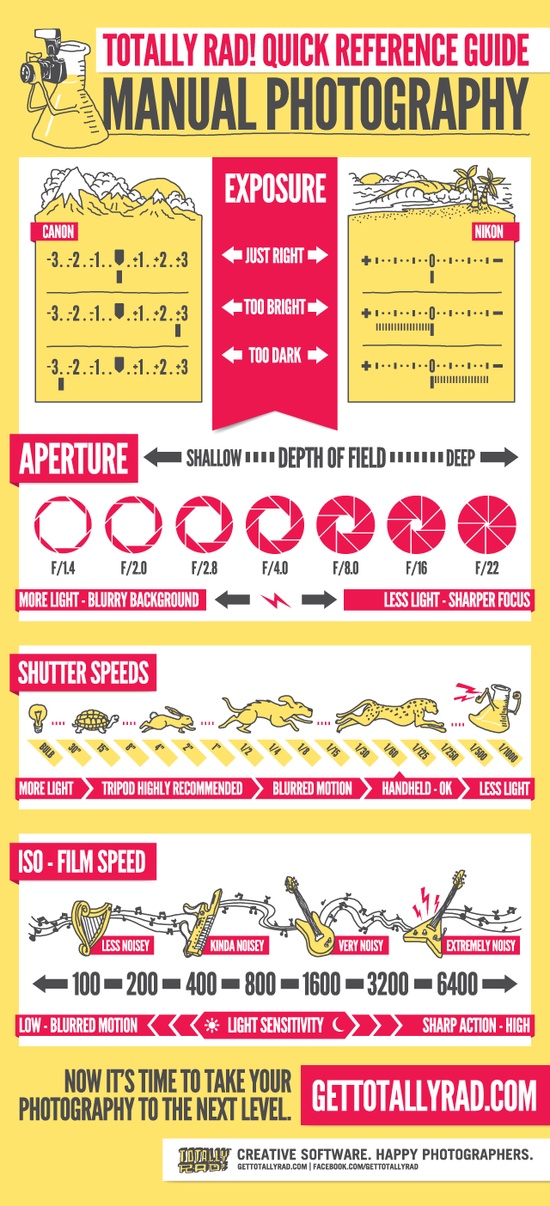Change Your Digital Photography By Grasping Illumination Strategies That Can Raise Your Photos-- Discover The Usual Challenges That Could Be Holding You Back
Change Your Digital Photography By Grasping Illumination Strategies That Can Raise Your Photos-- Discover The Usual Challenges That Could Be Holding You Back
Blog Article
Personal branding -Gillespie Polat
As a digital photographer, you know that illumination can make or break your images. Understanding the nuances of both all-natural and synthetic light is crucial for catching the mood and clarity you aim for in your work. Whether you're chasing after the best gold hour radiance or tweak your man-made configurations, mastering these aspects can boost your photography substantially. Yet there prevail mistakes that many ignore, and recognizing them can change your approach to every shoot. Allow's explore what you could be missing and just how it can impact your outcomes.
Comprehending Natural Light
Recognizing natural light is crucial for any type of professional photographer looking to boost their job. It's the structure of wonderful photography, influencing mood, tone, and clearness. When you fire outdoors, take note of the time of day. you could try these out -- soon after sunup and prior to sunset-- provides soft, cozy light that can transform common scenes into stunning pictures.
Don't take too lightly the power of overcast days. Cloud cover diffuses sunlight, creating a soft, even light that's perfect for portraits and macro digital photography. You'll discover colors pop in this kind of lighting without severe shadows.
Positioning issues, also. Always consider your topic's positioning to the light. If the sun's behind your topic, you may end up with a silhouette, which can be remarkable yet mightn't be what you want. On Executive portrait headshot , straight sunlight can produce unflattering darkness.
Experiment with angles; often, changing your viewpoint can generate impressive results. Use natural reflectors, like water or sand, to bounce light onto your subject, including measurement.
Mastering Artificial Light
Mastering man-made light is important for digital photographers that intend to take their skills to the following degree. Whether you're using speedlights, studio strobes, or constant lights, recognizing how to adjust these sources can drastically boost your photos.
Beginning by familiarizing on your own with the basics of light quality, direction, and shade temperature level. Try out various modifiers like softboxes, umbrellas, or grids to manage the gentleness or cruelty of the light.
You'll discover that soft light frequently produces complementary results, while harsher light can include drama and depth. Don't avoid shadows; they can enhance the three-dimensionality of your topics.
Pay very close attention to the positioning of your lights. A light located as well near your topic can develop uncomplimentary results, while as well away can bring about a lack of detail. Make use of a light meter or your electronic camera's pie chart to guarantee you're exposing appropriately.
Finally, keep in mind that synthetic light can be mixed with ambient light for creative impacts. Balancing these resources could take technique, once you grasp it, your photography will really beam.
Strategies for Different Circumstances
When you enter various shooting scenarios, adapting your illumination strategies is vital for capturing the best images. For outdoor pictures, make use of the golden hour-- early morning or late afternoon light-- to soften darkness and enhance skin tones.
If it's a rough lunchtime sunlight, consider using a reflector to bounce light back onto your subject or look for shaded areas for a more also direct exposure.
In low-light situations, like interior occasions, increase your ISO and use a large aperture to let in even more light. Executive portrait can assist get rid of cam shake, enabling longer exposures without blurring.
If you're contending night, trying out off-camera flash to develop vibrant lighting and depth in your images.
For item digital photography, use diffused lighting to avoid harsh reflections. Softboxes or light outdoors tents can assist attain this effect.
When photographing landscapes, take into consideration the instructions of light and time of day, as it can drastically alter the state of mind of your shot.
Always prepare to change your settings and placing based upon the situation, as adaptability is key to grasping lighting in photography.
Verdict
To conclude, mastering illumination is vital to elevating your digital photography abilities. Embrace all-natural light's elegance during golden hour, and do not shy away from experimenting with man-made light strategies. By adjusting your strategy to various situations, you'll record spectacular photos that reverberate with emotion and quality. Bear in mind, the appropriate lights can change a regular shot into something remarkable, so keep exercising and refining your understanding of both all-natural and fabricated light. Delighted shooting!
